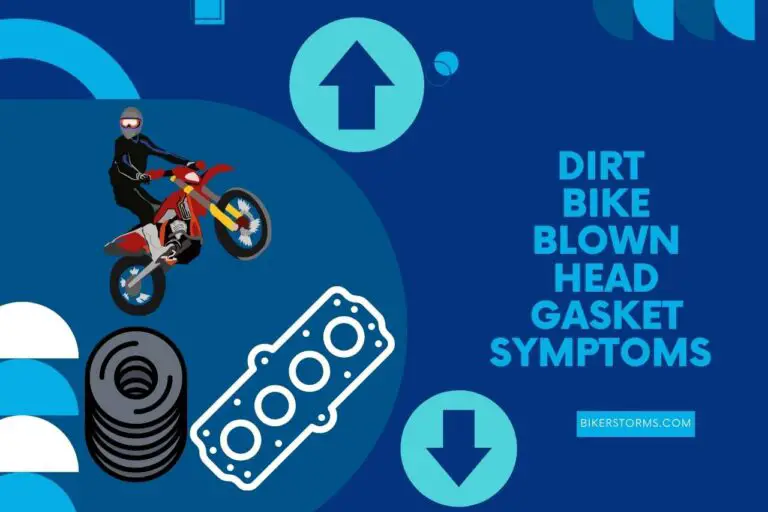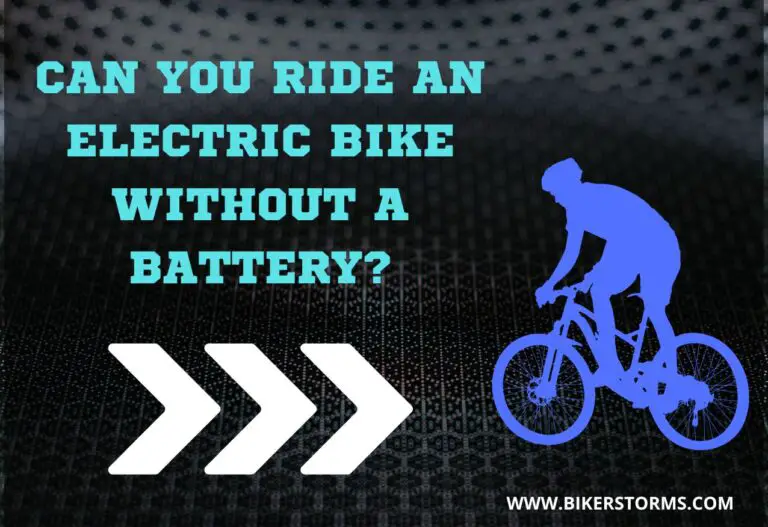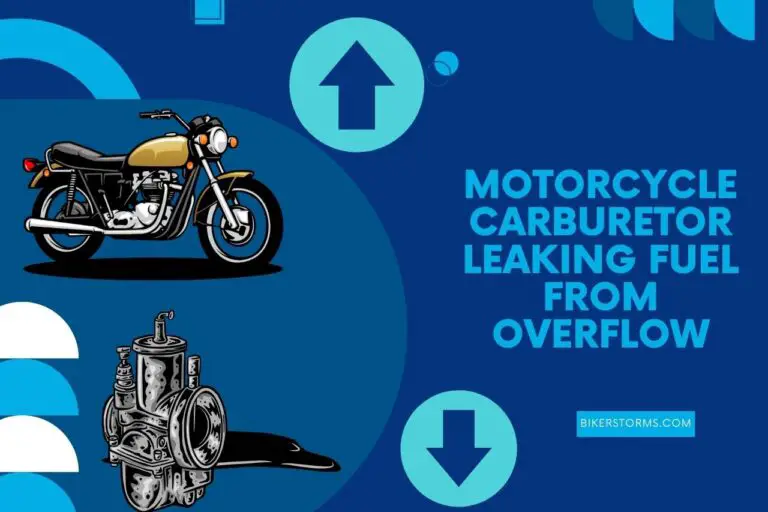Can You Use A Car Battery For An Electric Bike?
Is your e-bike running out of battery power? If the only option you can access at the moment is the car battery, you might wonder whether it is possible to use the car battery to charge your electric bike.
Stop! You will need adequate knowledge regarding the mechanism and functionality behind both these batteries before trying to charge them. Otherwise, it can be a hazardous attempt. So, let us navigate you through this procedure.
Difference Between Car Battery Vs E-bike Battery
The differences between car batteries and e-bike batteries are significant, largely due to their distinct functions, sizes, and technologies.
The table below provides a clear and concise comparison between car batteries and e-bike batteries across various dimensions such as their function, weight, technology, size, and power output.
| Aspect | Car Batteries | E-Bike Batteries |
| Function and Use | – Start the engine<br>- Power electrical systems when the engine isn’t running<br>- Provide a large burst of power for ignition | – Provide sustained power for pedaling assistance<br>- Continuous electrical assistance, not used for ignition |
| Technology and Composition | – Typically lead-acid batteries<br>- Made of lead plates and sulfuric acid electrolyte solution<br>- Suitable for high-energy demands | – Commonly lithium-ion (Li-ion) or lithium-polymer (LiPo) batteries<br>- Lighter, more efficient, higher energy density<br>- Ideal for regular, sustained power output |
| Size and Weight | – Larger and significantly heavier<br>- Size and weight less of an issue in vehicles | – Compact and lightweight<br>- Ensures ease of handling and pedaling |
| Capacity and Power Output | – Higher capacity<br>- Designed for a large amount of power quickly for engine start | – Lower, consistent power output<br>- Assists with pedaling over time |
Can You Use A Car Battery For An Electric Bike?
Yes, generally, you can use a car battery for an electric bike, but it is not advisable due to several technical and safety issues. Here’s a more detailed look at why it’s best to stick with the battery designed for your e-bike:
Technical Mismatches:
- Most e-bikes need 24V, 36V, or 48V, while car batteries are typically 12V. Therefore, using a 12V battery in an e-bike can harm its electrical system.
- Car batteries are built for short, high-power bursts, not the continuous output e-bike motors require. This leads to poor performance and range.
- The heft of car batteries can hinder the e-bike’s handling and decrease its range due to the extra weight.
- Car batteries aren’t meant for the frequent deep cycling that e-bikes need. Hence, this could shorten the lifespan of electric bike batteries and potentially cause damage.
Safety Concerns When Using a Car Battery for an E-Bike:
- Retrofitting an e-bike to use a car battery involves intricate wiring, increasing the risk of electrical mishaps, like short circuits or fires.
- Charging lead-acid car batteries releases hydrogen gas, posing an explosion risk if not in a well-ventilated area.
Because of these potential consequences, it is better to avoid car batteries for e-bikes. So, we recommend you opt for the following practices.
Use an E-Bike Specific Battery: These are designed for the right voltage, capacity, and safety for e-bikes.
Battery Replacement or Repair: If your e-bike battery is faulty, get it replaced or repaired by a professional.
How to Charge Ebike from a Car?
In order to charge an e-bike safely from a car, you need to be cautious throughout the procedure. Charging an e-bike using a car can be a convenient option when you’re on the go and away from traditional power sources. Here’s a step-by-step guide on how to do it safely and effectively:
Equipment Needed to Chare an Electric Battery From a Car:
First of all, you’ll need a power inverter that can convert your car’s 12V DC power to the 110V or 220V AC power required by most e-bike chargers.
Use the charger that comes with your e-bike or one that’s compatible with your bike’s battery. Most modern cars have a 12V accessory socket.
Setting Up:
In order to prevent your car’s battery from draining, you should keep the engine running during the charging process.
Now, plug the inverter into the car’s 12V outlet. Make sure the inverter is rated to handle the wattage of your e-bike’s charger.
Connecting the Charger:
Connect your e-bike charger to the AC outlet of the inverter. Then, attach your e-bike’s battery to its charger as you normally would.
Monitoring the Charge:
Check whether all connections remain secure during charging. In addition, keep an eye on the charging process. Don’t leave the charging unattended for safety reasons.
After Charging:
Once your e-bike battery is charged, first disconnect the charger from the e-bike, then unplug the charger from the inverter, and finally, unplug the inverter from the car’s 12V outlet.
Make sure your car’s battery hasn’t been drained excessively during the charging process.
Safety Precautions When Charging E-Bikes Via a Car
-
- Ensure your inverter and e-bike charger are in good condition and are of reputable quality.
- Don’t cover the inverter or charger during use, and ensure they are in a well-ventilated area.
- When charging in public or outdoor areas, be aware of your surroundings for security and safety.
We also recommend reading our article on how to charge an electric bike at home.







